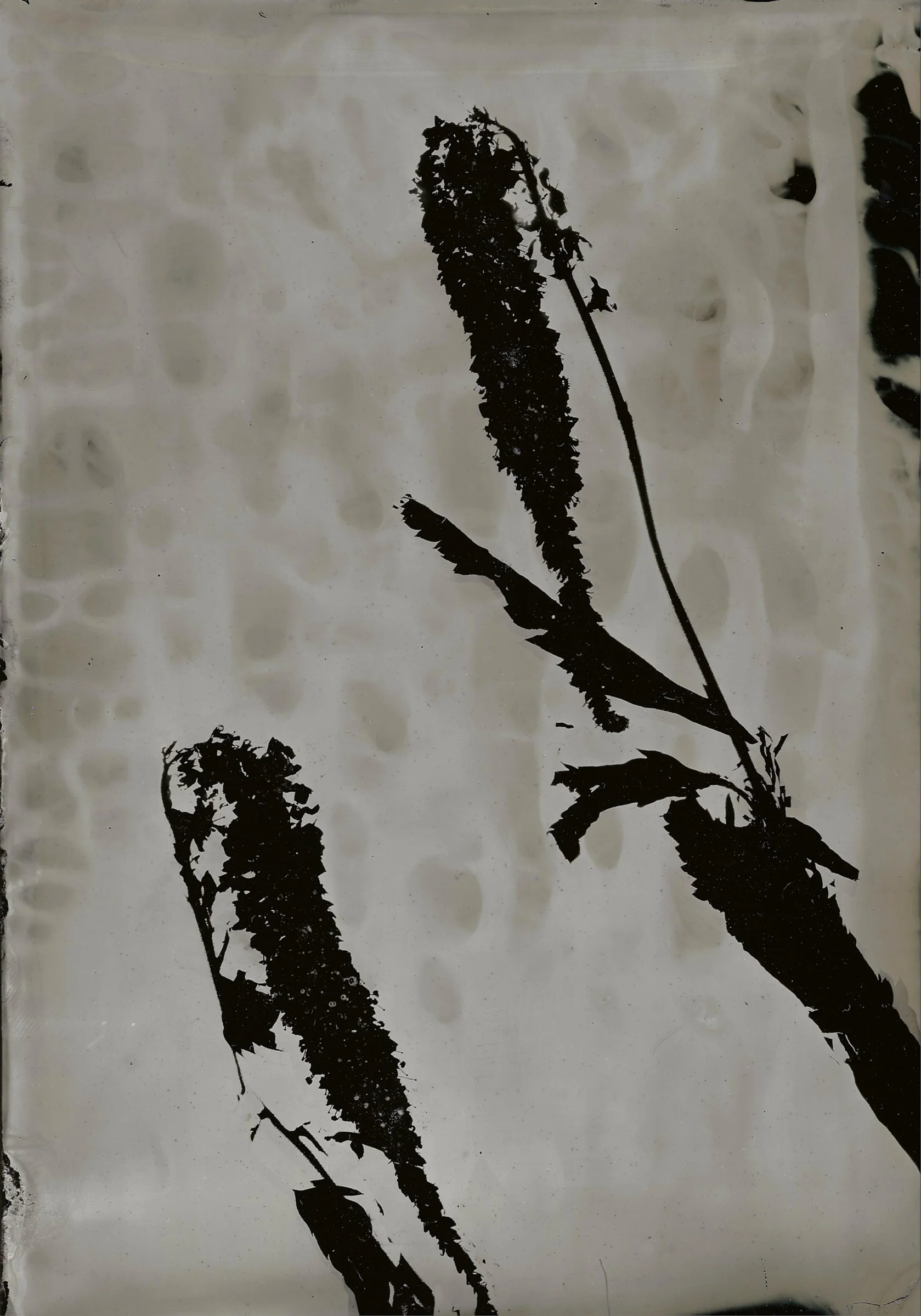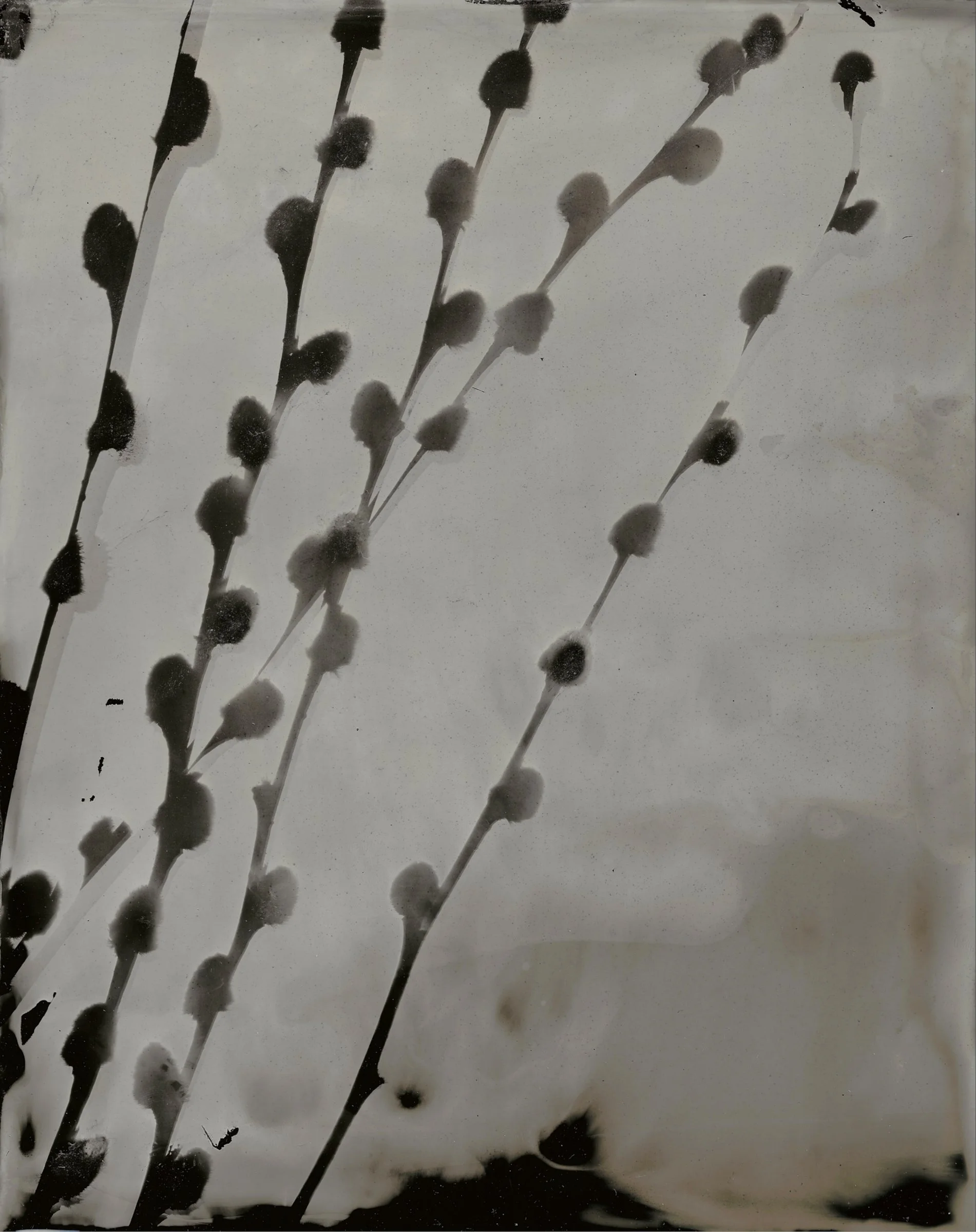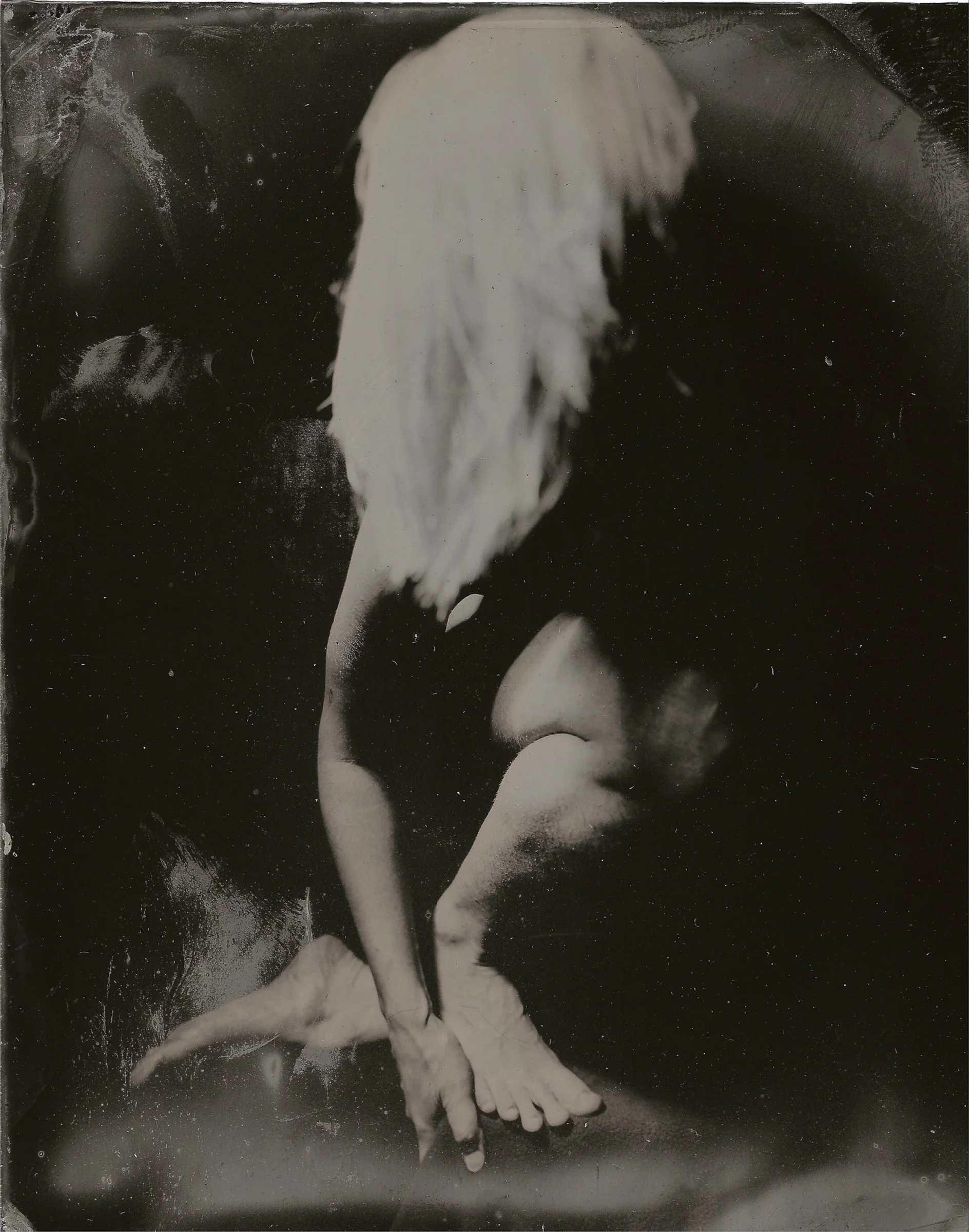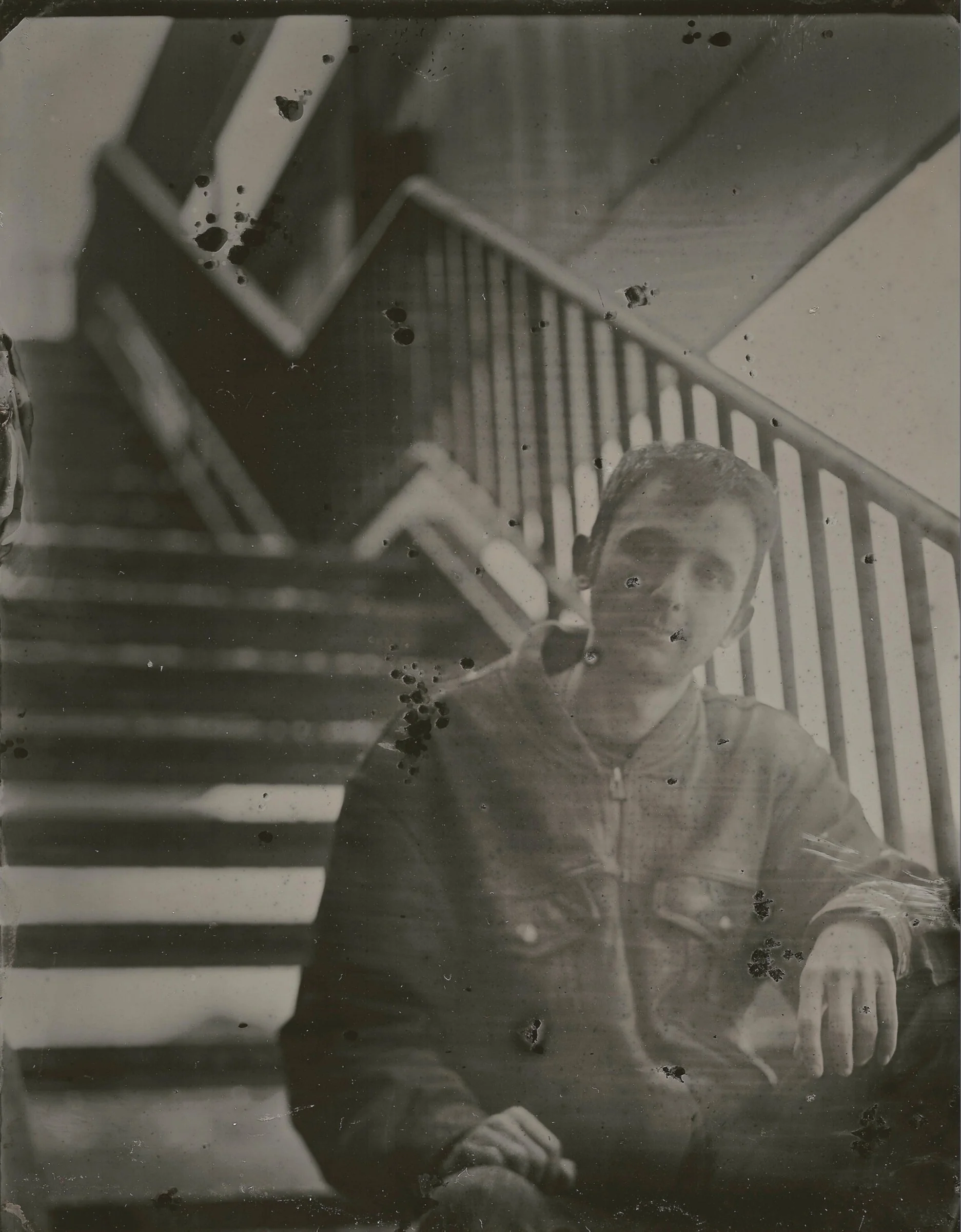The Wet-Plate Collodion Photography
A process, invented in the 1850s, is a beautifully tactile and labor-intensive photographic technique that transforms the act of image-making into a deeply engaged and artisanal craft. This process involves applying a delicate emulsion to a glass or tin plate by hand, then sensitizing, exposing, and developing the image—all within a narrow window before the emulsion dries. The result is a stunning, one-of-a-kind artifact imbued with a timeless, luminous quality that speaks to the precision and patience of traditional craftsmanship. This course offers an immersive journey into the fundamental principles of the collodion process, blending historical research with hands-on experience. Participants will learn about the rich history behind this historic technique, explore safety considerations, and understand the materials and methods that make the process both challenging and rewarding. Beyond the technical aspects, the course emphasizes the aesthetic and artistic beauty of the final images—their unique textures, depth, and craftsmanship that make each photograph a treasured artifact. Discussions will also cover contemporary applications, exploring how this historic method continues to inspire modern artists. By the end of the course, students will have gained a comprehensive understanding of both studio and field photography through the lens of this tactile tradition. They will appreciate the intricate dance of science and art involved in creating stunning, durable images that are as much objects of art as they are photographic captures.



































